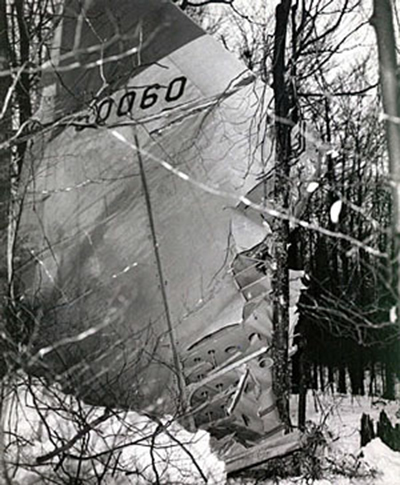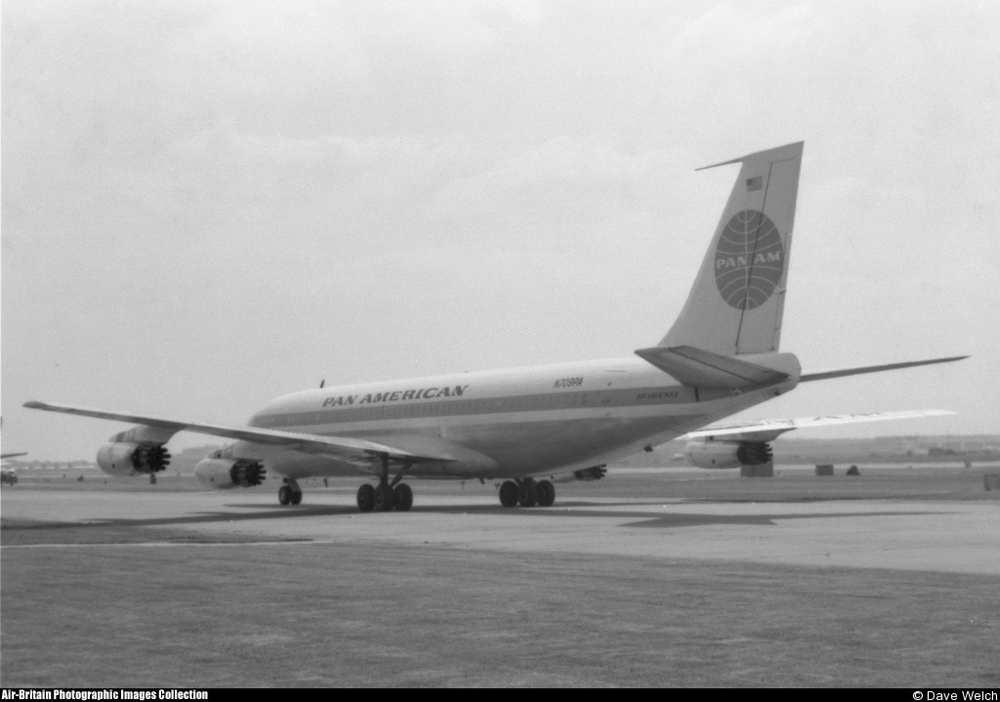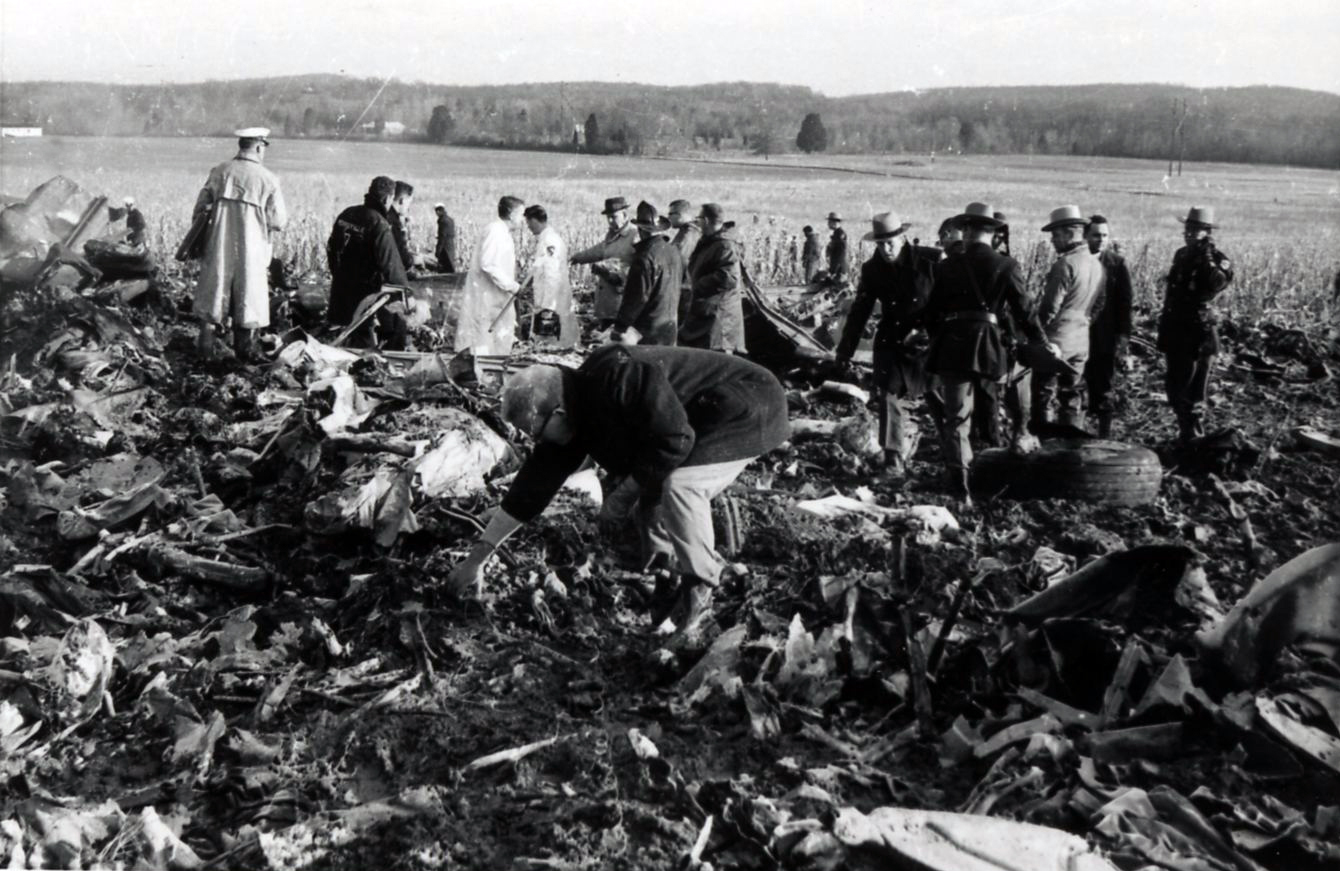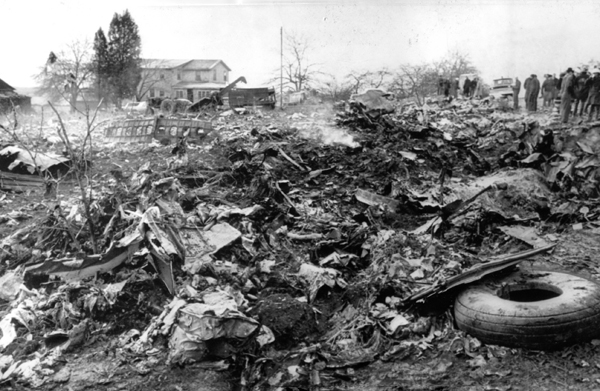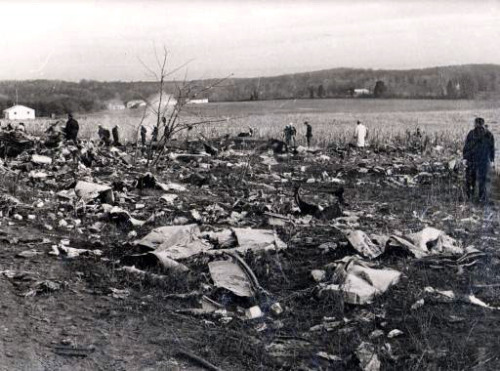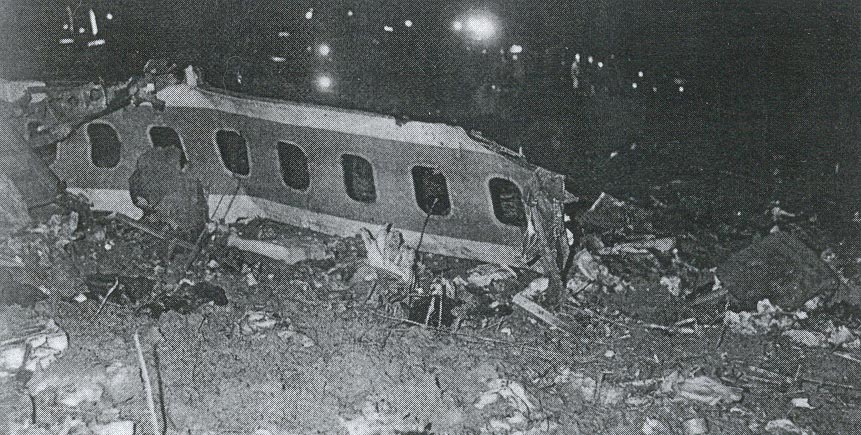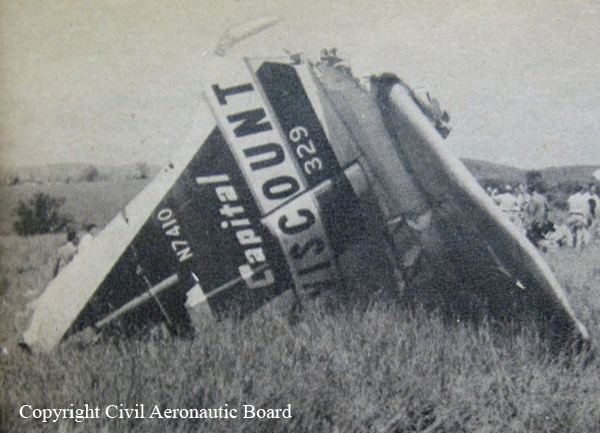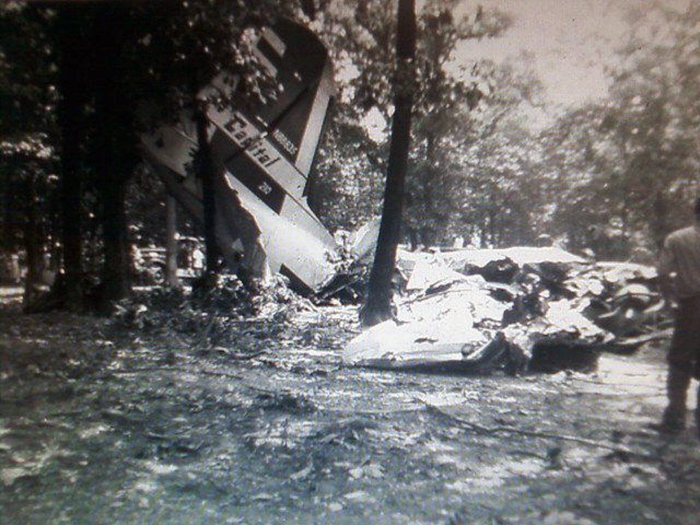Crash of a Boeing B-52D-10-BW Stratofortress near Barton: 3 killed
Date & Time:
Jan 13, 1964 at 0145 LT
Registration:
55-0060
Survivors:
Yes
Schedule:
Westover – Turner
MSN:
464012
YOM:
1955
Flight number:
Buzz14
Crew on board:
5
Crew fatalities:
Pax on board:
0
Pax fatalities:
Other fatalities:
Total fatalities:
3
Circumstances:
While cruising in a blizzard at an altitude of 30,000 feet, the crew encountered severe turbulences and the airplane started an uncontrollable descent. Both pilot were able to eject while three other occupants were killed when the airplane crashed in a snow covered and wooded area located on the Savage Mountain. The aircraft was totally destroyed.
Crew:
Maj Thomas W. McCormick, pilot,
Cpt Parker C. Peedin, copilot,
Maj Robert E. Townley, bomb aimer, †
Maj Robert L. Payne, navigator, †
T/Sgt Melvin F. Wooten, tail gunner. †
Crew:
Maj Thomas W. McCormick, pilot,
Cpt Parker C. Peedin, copilot,
Maj Robert E. Townley, bomb aimer, †
Maj Robert L. Payne, navigator, †
T/Sgt Melvin F. Wooten, tail gunner. †
Probable cause:
Due to severe atmospheric turbulences while cruising in the blizzard, the tail detached from the main fuselage, causing the aircraft to become uncontrollable.
